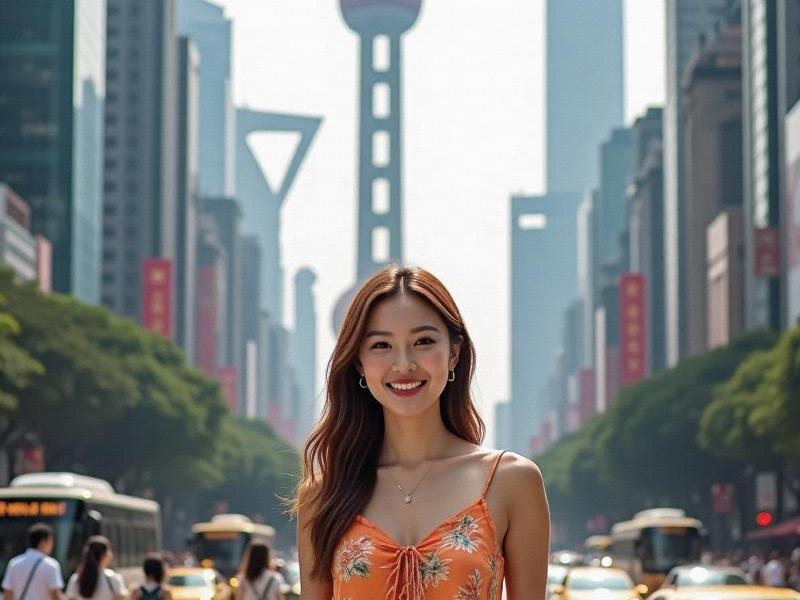This 2,800-word analytical feature investigates how Shanghai has become the world's most successful laboratory for blending cultural heritage with cutting-edge digital industries, creating an economic model that exports Chinese soft power globally.

The narrow lanes of Tianzifang tell a revealing story - where traditional stone-gate houses now host augmented reality studios, and calligraphy brushes share shelf space with 3D printers. This is Shanghai's cultural economy in microcosm: simultaneously preserving the past while inventing the future.
The Creative Corridors
• M50 Art District's evolution from textile mills to NFT galleries
• How Xintiandi became Asia's prototype for lifestyle retail
• The Huangpu Riverfront's transformation into a "museum mile"
上海龙凤419手机 Digital Renaissance
Pioneering initiatives:
- The world's first blockchain-based art authentication system
- AI-assisted traditional Chinese medicine diagnostics
- Virtual reality reconstructions of lost architectural heritage
上海娱乐 Economic Alchemy
Notable synergies:
- Jing'an Temple商圈's fusion of spirituality and commerce
- The "Design Shanghai" platform boosting local brands globally
- How the China International Import Expo became cultural diplomacy
爱上海同城对对碰交友论坛 Global Cultural Exchange
- Shanghai's film co-productions reshaping global cinema
- The "China Chic" phenomenon emanating from local designers
- How the city's art fairs rival Basel and Venice
As cultural economist Professor Li Wenbo observes: "Shanghai has mastered the monetization of cultural capital without vulgarization. The city treats culture as living infrastructure rather than museum pieces, creating economic value while preserving authentic meaning."
From the digital archives of the Shanghai Museum to the e-sports stadiums in Pudong, from the jazz clubs of the former French Concession to the AI poetry competitions at Fudan University, Shanghai continues to demonstrate that in the 21st century, the most valuable exports may not be goods, but stories, styles and sensibilities.